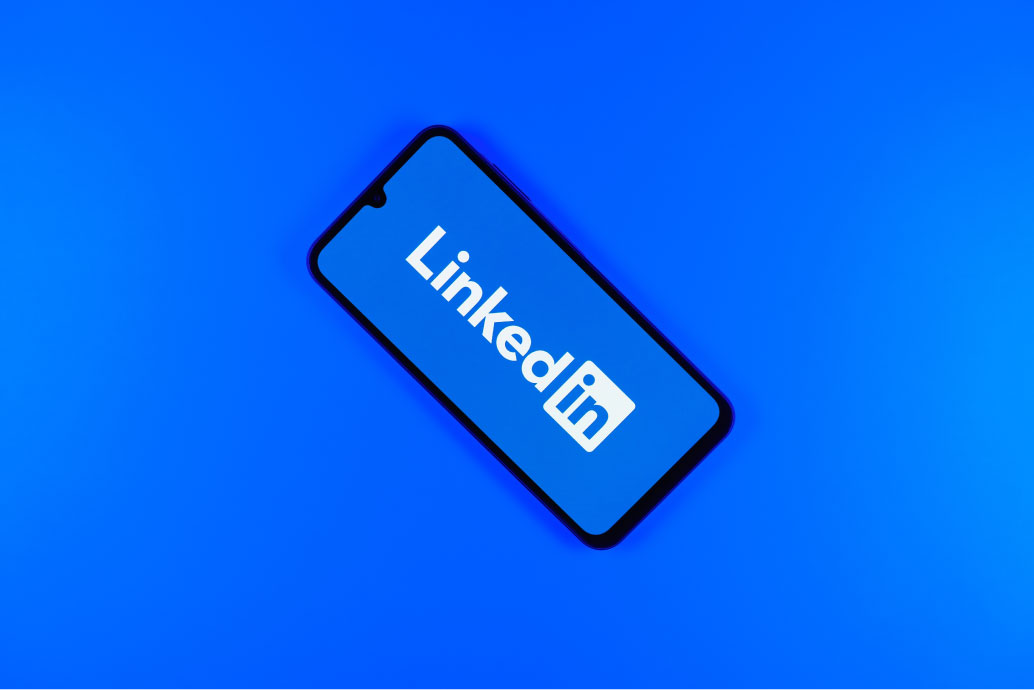The strategy offers a range of benefits, such as increased engagement, higher conversion, and customer loyalty, especially during the Christmas season when consumers are looking for special offers and unique experiences. When customers feel recognized and catered to in a personalized manner, this can result in repeat purchases not only during the holiday period but throughout the following year.
By providing highly relevant content and offers to each customer, companies can significantly boost engagement and interaction. Moreover, extreme personalization leads to better conversion since customers are more likely to positively respond to offers that cater to their specific needs.
Offering a highly personalized experience creates a stronger emotional bond between the brand and the customer, increasing loyalty and reducing the likelihood of churn, meaning customers who stop buying. On the other hand, satisfied and engaged customers are more likely to make repeat purchases and spend more, which in turn drives company revenue.
“In the era of hyper-personalization, companies have the unique opportunity not only to serve but anticipate the needs of each individual customer. By deeply understanding their preferences and behaviors, we can not only offer products and services but also create experiences that resonate on an emotional level. This genuine connection not only drives customer engagement and loyalty, but also shapes the future of business, where personalization is the key to lasting success,” analyzes Antonio Muniz.
Tips for implementing hyper-personalization in the customer experience in the digital world:
1) Efficient data collection: the basis of the strategy lies in the intelligent use of data. CRM systems and analytical tools can be used to collect relevant information, such as purchase history, product preferences, and previous interactions. During the holiday season, this information can be used to send personalized Christmas offers, reminding the customer of products they have shown interest in or that align with their taste.
2) Advanced segmentation: instead of sending a generic promotion, dividing customers into more specific segments, such as frequent buyers, last-minute shoppers, or those who bought gifts for friends last year, can be much more effective. This way, it is possible to target exclusive campaigns for each profile, making offers more attractive and personalized.
3) Dynamic offers and content: automation tools can tailor offers based on the customer’s real-time behavior. If a customer is browsing Christmas decoration products, for example, they can receive special offers for related items, such as ornaments or exclusive gifts, increasing the relevance of the shopping experience.
4) Multichannel communication: hyper-personalization should be consistently applied across all channels. During celebrations, the company can integrate their marketing actions on the website, email, social media, and even SMS campaigns. This way, customers will have a seamless and continuous experience, regardless of where they are interacting with the brand.
5) Testing and Continuous Optimization: AB testing is indicated to evaluate which types of customization have the best response during the holiday season. This may include customizing Christmas themes, special discounts, or limited promotions. Continuous optimization will ensure that campaigns are always adjusted to maximize results.
6) Transparency and Consent: Data usage should always be transparent, with customers being aware of how their information is being used, especially in personalized marketing campaigns. During this period, trust is essential for creating a lasting relationship, and by being transparent, the company will solidify customer loyalty.
“Implementing hyper-personalization in the digital world requires more than just technology; it requires a customer-centric mindset and a continuous commitment to excellence. By using data intelligently, strategically segmenting, and adopting a continuous improvement approach, companies can not only offer exceptional personalized experiences but also build strong and lasting relationships with their customers. The real key lies in understanding that hyper-personalization is not just a strategy, but a philosophy that permeates the entire organization, driving innovation and sustainable growth,” says the technology and business expert.
Offering highly relevant and personalized experiences not only increases customer engagement and loyalty but also builds deeper and longer-lasting connections that drive long-term growth and success. This customer-centric philosophy, data-driven and strategically oriented, not only meets customer expectations but exceeds them, ensuring a sustainable and prosperous future in an increasingly competitive market.
By embracing hyper-personalization in holiday sales strategies, the company creates a shopping experience that not only meets but exceeds its customers’ expectations. In today’s digital world, smart personalization is not just an advantage but has become a necessity for sustainable success.







